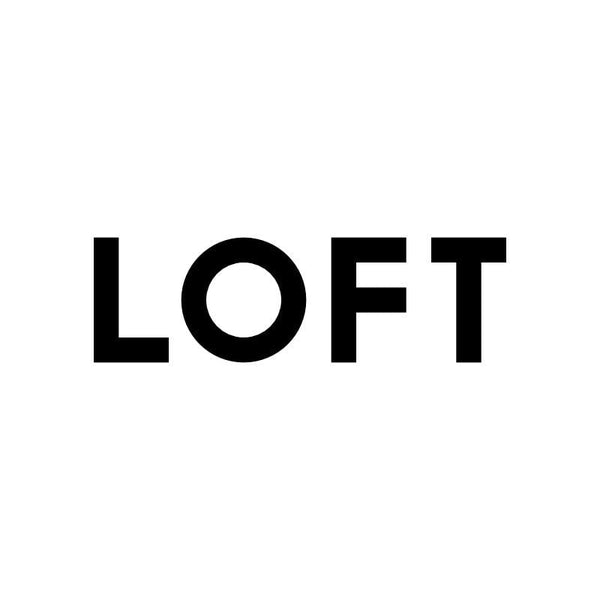Switzerland paying the price
Daniel PintoSwiss exports are expected to continue to decline in 2025, hit by global economic tensions, new tariffs, and a weakening Chinese market. While Rolex continues to consolidate its dominance, brands like Omega, Cartier, and Vacheron face increasing challenges. Are we witnessing a change of era in the watch industry?
As expected, and as has been a trend in recent months, Swiss watch exports again showed a decline in the first quarter of 2025, as reported by Morgan Stanley in its report. This has been a long period of consecutive decline since the last peak, but a closer look at the data reveals that the numbers, while still bleak, reveal glimmers of optimism that the industry could have a positive 2025, as we all hope and have become accustomed to. While the quarter closed at -1.1%, looking at March shows a +1.5%. Even so, this March should be considered something special, as exports to the United States grew by an exorbitant 14%, a figure indicative of the fact that retailers in that country brought forward their orders to factories in order to avoid the Trump tariffs that were due to take effect in April. The rest of the world saw declines on every continent, with China severely depressed by its stock market crash and government efforts to curb corruption, which affected luxury watch sales. In this country, there is a markedly diminished appetite for buying new watches, but a strengthening secondary market, with a new generation of better-informed, younger buyers looking for value, investment pieces, and brands that retain their value over time.

The poor results, as always, have not been the same for everyone. In these times of economic slowdown, many family-owned or independent businesses benefit, as they are able to make long-term decisions without having to answer to shareholders demanding immediate returns and often forcing plans that dilute brand equity. And who better than Rolex to illustrate the example, being the only brand that bucked the trend and grew through 2025. Rolex remains the king of strategy and continues to accumulate market share while its closest rivals, Omega and Cartier, stagnate. Omega's case, while negative, is much better than its siblings in the Swatch Group, as the two brands that performed worst across the entire market were precisely Swatch and Tissot. In other words, we declare the official death of MoonSwatch and urge Tissot to launch a second pillar to support the poor PRX, which has borne the brunt in recent years.
On the other side of the spectrum, Cartier is declining but remains by far the star of the Richemont Group, falling only -1.1%, a spectacular result compared to IWC's -3.5% and Vacheron's -3.1%. Vacheron's performance is a shame, as it had the opportunity to take advantage of the attention brought by the pandemic but was unable to capitalize on it with strong launches (except for the 222) that could bring it closer to the level of Audemars Piguet and Patek. Speaking of these heavyweights, we see how they remain solid despite the problems, demonstrating that their selective distribution strategies and focus on high-value pieces continue to attract affluent collectors looking for a Royal Oak, or now also a Cubitus. Apparently, in turbulent times, consumers seek refuge in "safe havens," and it is precisely these legacy brands that offer qualities similar to gold in terms of value retention, both monetary and social.

Finally, we leave the struggling LVMH group, which is currently experiencing turbulent times with the alleged revelation that some handbags are made in China rather than Europe. This problem is compounded by the poor performance of its watchmaking houses, which have lost much of their importance within the group's sales. TAG Heuer is struggling despite investing a ridiculous amount in F1, dropping 4.1%. Hublot? It continues to slide to the bottom at -5.2%, reflecting the difficulty of selling very expensive watches when the economy isn't brimming with crypto-millionaires and the secondary market is flooded with pieces selling at discounts of more than 50%.
In short, things are looking tough, and the war between the US and China (the two largest watch markets in the world) will only increase the challenges, putting pressure on brands to deliver better value for their products. If they want to alienate collectors from Rolex, they'll have to focus on improving their products, controlling their prices, and investing more in design and innovation. It sounds logical, and it's something we as collectors have been asking for years. Unfortunately, it took a global crisis for our cries to be heard.







